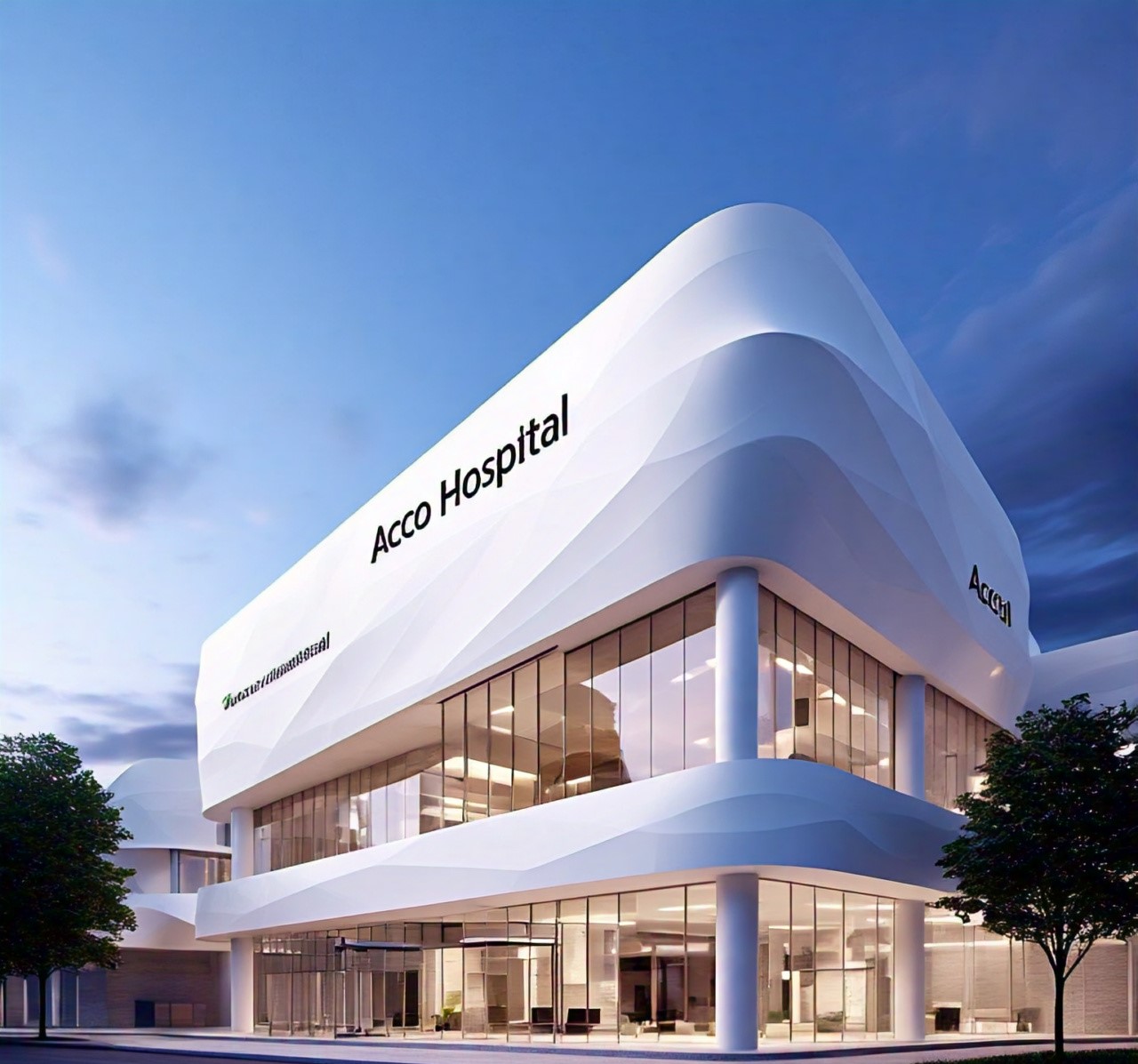
HOSPITAL DESIGN HUB Affordable Hospital Design in the UAE: Balancing Cost and Quality
Affordable Hospital Design in the UAE: Balancing Cost and Quality
Designing affordable hospitals in the UAE requires a careful balance between cost control and maintaining high standards of quality and functionality. Here are key strategies to achieve this balance:
1. Cost-Effective Design Solutions
- Modular and Scalable Design: Utilize modular design principles to create adaptable spaces that can be easily expanded or reconfigured as needs change. This approach helps manage initial costs while allowing for future growth.
- Flexible Layouts: Design flexible layouts that optimize space utilization and can be adjusted for different functions, reducing the need for costly renovations later.
2. Material Selection and Procurement
- Affordable Materials: Choose durable and cost-effective materials that provide good performance without high costs. Consider locally available materials to reduce transportation and supply chain expenses.
- Long-Term Value: Invest in materials that offer long-term durability and low maintenance to reduce ongoing operational costs and ensure a higher return on investment.
3. Energy Efficiency
- Energy-Efficient Systems: Incorporate energy-efficient systems, such as LED lighting and high-performance HVAC systems, to reduce operational costs. Utilize building energy management systems to monitor and optimize energy use.
- Sustainable Practices: Implement low-cost sustainable practices, such as passive solar design and natural ventilation, to enhance energy efficiency and reduce utility bills.
4. Streamlined Construction and Operations
- Design-Build Approach: Consider a design-build approach where the design and construction teams work together from the start. This can streamline the construction process, reduce costs, and improve project coordination.
- Phased Construction: Use phased construction to manage budget constraints, focusing on essential areas first and expanding as additional funds become available.
5. Efficient Use of Technology
- Basic IT Infrastructure: Implement essential IT systems and medical technologies that meet current needs without overinvesting in high-end solutions. Plan for future upgrades as budget allows.
- Modular Technology Solutions: Utilize modular technology solutions that can be upgraded or replaced as advancements occur, avoiding the need for complete overhauls.
6. Prioritizing Essential Features
- Core Functions: Focus on designing and equipping areas that are critical for hospital operations, such as emergency rooms, inpatient wards, and diagnostic services. Avoid non-essential features that can drive up costs.
- Flexible Space Utilization: Design spaces that can serve multiple functions, reducing the need for dedicated areas and optimizing the use of available space.
7. Collaborative Design Process
- Stakeholder Involvement: Engage with key stakeholders, including healthcare professionals and administrators, to ensure the design meets their needs and expectations while staying within budget.
- Value Engineering: Apply value engineering principles to identify cost-effective alternatives that do not compromise quality or functionality.
8. Cost Control and Project Management
- Regular Monitoring: Implement regular cost monitoring and project management practices to ensure the project stays within budget. Address any deviations from the budget promptly.
- Contractor Selection: Choose experienced contractors with a track record of delivering projects on time and within budget. Consider competitive bidding to secure the best value.
9. Quality Assurance
- Regulatory Compliance: Ensure the design meets all regulatory standards and quality requirements. Compliance with building codes and healthcare regulations is essential for patient safety and operational efficiency.
- Design Standards: Maintain high design standards for critical areas, such as patient rooms and infection control facilities, to ensure quality care and safety.
10. Community and Wellness Considerations
- Community Integration: Design spaces that address community health needs and support preventive health programs. This can enhance the hospital’s connection with the community and improve overall health outcomes.
- Wellness Features: Incorporate affordable wellness features, such as comfortable waiting areas and outdoor spaces, to improve patient and staff satisfaction without significant additional costs.
Conclusion
Balancing cost and quality in hospital design in the UAE involves strategic planning, efficient use of resources, and focusing on essential features. By adopting cost-effective design solutions, selecting durable materials, and implementing energy-efficient systems, it is possible to create high-quality healthcare facilities within budget constraints. Prioritizing core functions, engaging stakeholders, and maintaining regulatory compliance ensure that the final design supports effective healthcare delivery while being financially sustainable.
4o mini




